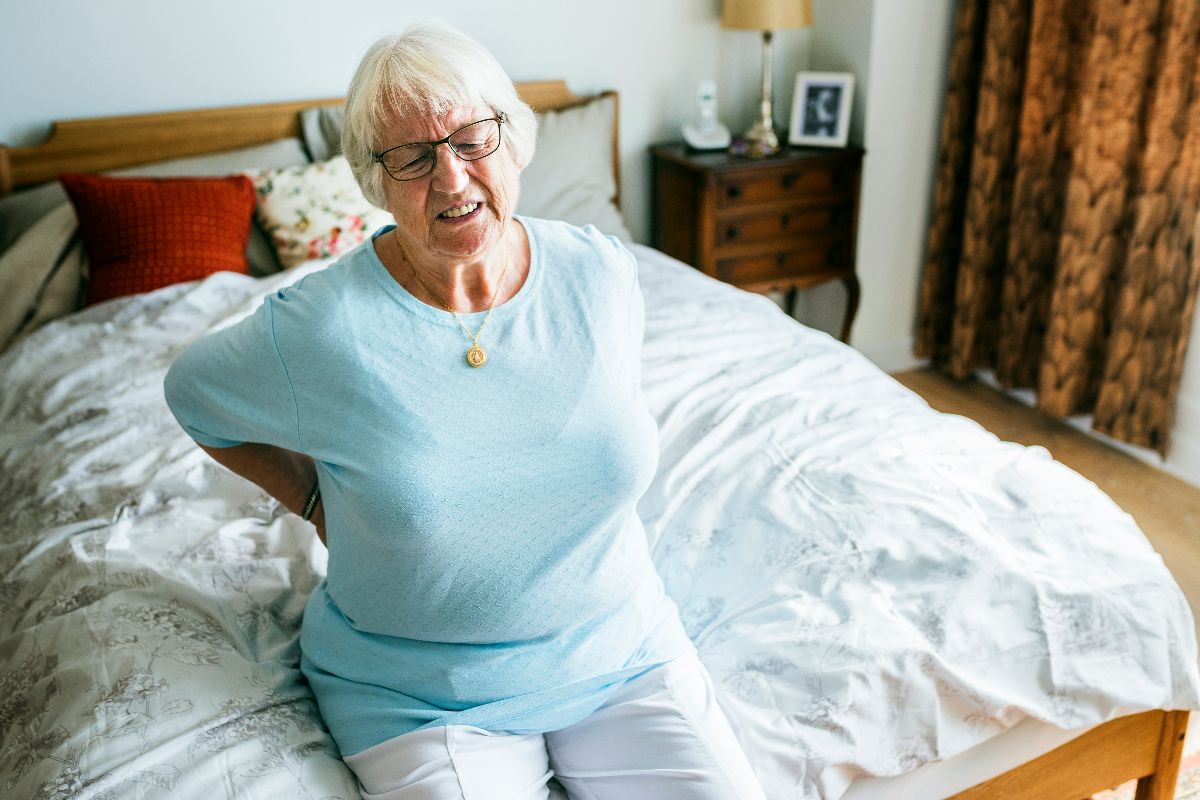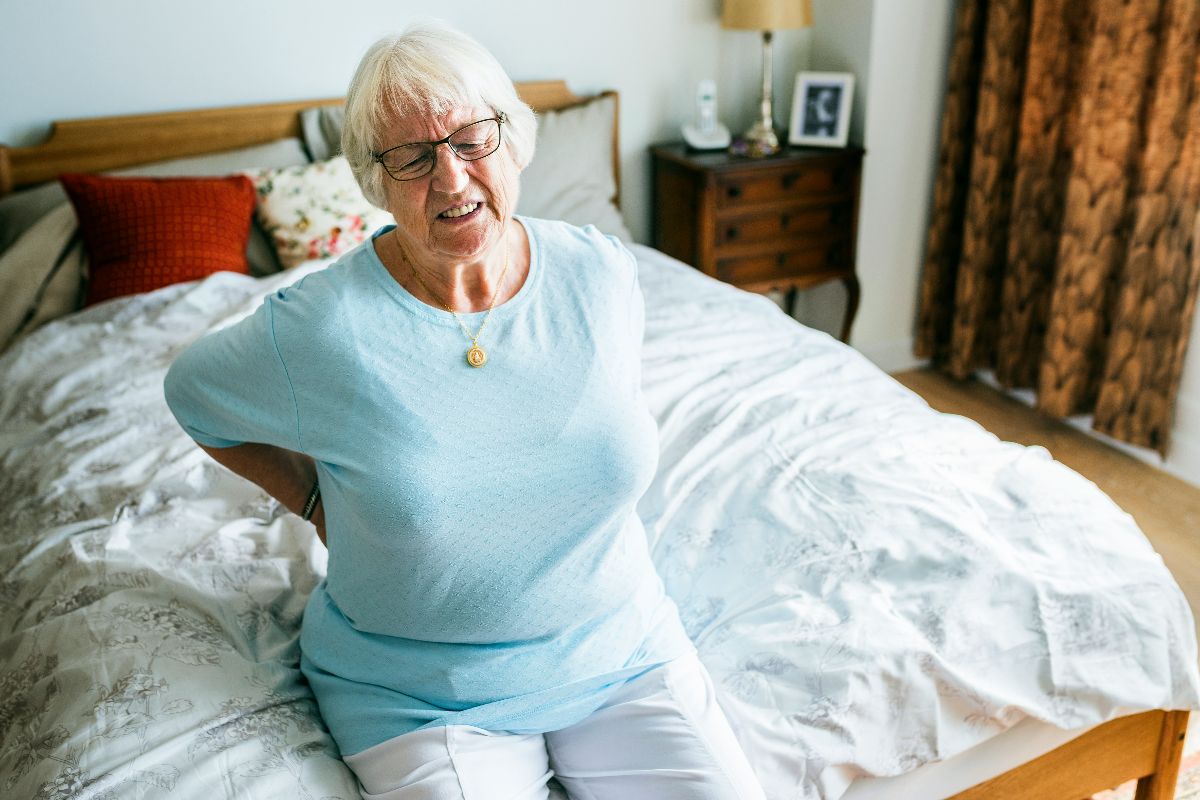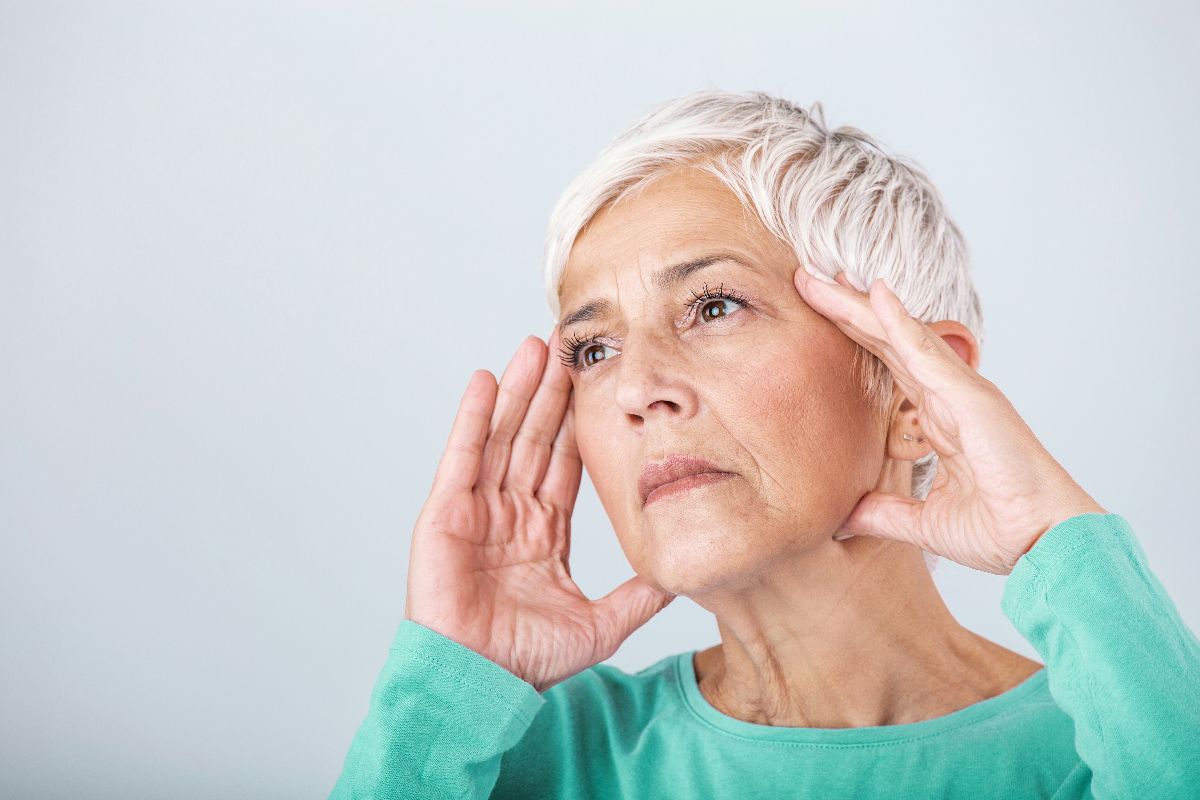Back pain is a highly common complaint, and for women transitioning through perimenopause and menopause, its onset or worsening is often a confusing and frustrating symptom. Many people attribute this discomfort solely to the process of aging, but a significant link exists between declining sex hormones, musculoskeletal health, and the integrity of the body’s core support system, including the pelvic floor.
Menopause, marked by the cessation of ovarian function and a resulting drop in estrogen and progesterone, triggers systemic changes beyond the reproductive system. Estrogen receptors are found throughout the body, including in muscles, ligaments, bones, and joints. As estrogen levels decline, the resulting physiological shifts can compromise spinal stability, increase inflammation, and contribute directly to discomfort, making menopause and back pain a frequently co-occurring issue. A comprehensive approach, considering hormonal shifts and core support, is essential for effective symptom management.
Can menopause cause back pain?
The answer to whether menopause can directly cause back pain is complex, but the hormonal changes associated with this transition can be a significant contributing factor to musculoskeletal pain.
💡 Estrogen is a protective hormone, playing a vital role in maintaining the health and resilience of various tissues.
When levels decline during menopause, several physiological changes occur that can affect the spine and surrounding structures:
- Impact on connective tissue: Estrogen affects the health of collagen and elastin, which are crucial components of intervertebral discs and ligaments that stabilize the spine. Lower estrogen levels can lead to dehydration and deterioration of the discs, accelerating degeneration.
- Inflammation and pain sensitivity: Estrogen also has anti-inflammatory properties. Its decline may lead to increased systemic inflammation, which can heighten pain sensitivity and contribute to joint and muscle aches throughout the body, including the back.
- Muscle strength: Menopause is often accompanied by a decline in muscle mass (sarcopenia) and strength, which can destabilize the spinal column and force other muscles, such as those in the lower back, to compensate, leading to strain and pain.
While lifestyle factors and general aging—such as poor posture or inactivity—also contribute to back discomfort, the menopausal transition introduces distinct hormonal drivers that must be addressed for long-term relief.
Common causes of back pain during menopause
Back pain during menopause is rarely caused by a single factor, but rather a confluence of physiological and lifestyle changes. Identifying the underlying causes is the first step toward effective management.
Hormonal fluctuations
💡 Declining levels of estrogen and progesterone can directly influence pain perception and tissue health.
The decrease in estrogen is linked to accelerated disc degeneration in the spine and increased prevalence of joint issues like osteoarthritis, both of which can lead to chronic or acute back discomfort.
Bone density loss (osteoporosis risk)
Estrogen plays a key role in regulating bone turnover.
💡 The postmenopausal drop in estrogen is one of the strongest risk factors for developing osteoporosis, a condition where bones become weak and brittle.
A common symptom of a severe loss of bone density is back pain caused by vertebral compression fractures (broken or collapsed bones in the spine), which can also lead to a loss of height or stooped posture.
Muscle and joint stiffness
Many individuals report general muscle and joint aches (arthralgia) and stiffness during the menopausal transition.
💡 Estrogen helps maintain the anti-inflammatory environment in the body.
Reduced estrogen can increase inflammatory responses, exacerbating pain and stiffness in the back, hips, and other joints that support the spine.
Weight gain and posture issues
Weight gain, particularly around the abdomen, is common during menopause due to metabolic and hormonal changes. This excess weight shifts the body’s center of gravity forward, placing increased strain on the lower back and potentially altering posture, which contributes to chronic low back pain.
Pelvic floor dysfunction
The pelvic floor muscles form a supportive sling at the base of the pelvis, functioning as a critical component of the body's deep core stability system.
- Destabilization: When you have a weak pelvic (dysfunction), the entire lumbo-pelvic area—the foundation of the spine—becomes less stable. This lack of foundational support can force the larger muscles of the lower back and hips to overwork, leading to chronic strain, stiffness, and pain. When core strength is lacking, the pelvic floor may compensate by becoming hypertonic (overly tight), acting as a constant internal brace or support. This chronic guarding prevents muscle relaxation, which is a significant source of local pain, including tailbone discomfort.
- Connection to symptoms: Pelvic floor dysfunction is a primary contributor to symptoms like urinary incontinence and pelvic organ prolapse, both of which are strongly associated with lower back pain due to the shared anatomical and muscular support system. Addressing the stability of the pelvic floor can, in turn, reduce strain on the back and help alleviate symptoms like tailbone pain (coccydynia), which often occurs secondary to instability and muscle imbalances in the pelvis..
Types of back pain during menopause
Understanding the location and nature of the pain can help individuals and practitioners determine the potential root cause and appropriate treatment strategy.
- Lower back pain (lumbar spine): This is the most prevalent type of back discomfort experienced, often described as a dull, constant ache. It is frequently linked to muscular strain from poor posture, abdominal weight gain, or instability resulting from weakened core and pelvic floor muscles. In more severe cases, it may signal disc or joint degeneration or a potential vertebral compression fracture associated with osteoporosis, or referred pain contributing to tailbone pain.
- Mid-back (thoracic spine) pain: Pain in the mid-back area is often associated with posture-related strain, particularly a stooped or hunched posture that can develop due to muscle changes or vertebral fractures (osteoporosis can be particularly prevalent in the thoracic-lumbar junction). This type of pain may feel like tightness or a persistent ache between the shoulder blades.
- Radiating pain to hips and legs: Back pain that radiates, tingles, or feels like numbness down the hips and legs may indicate nerve compression or irritation, often stemming from disc issues, spinal stenosis, or muscle tension in the lower back or glutes. This type of pain should always be evaluated by a healthcare professional to rule out serious conditions.
The severity of menopausal back pain can vary greatly, ranging from mild morning stiffness to chronic, debilitating discomfort that interferes with daily activities.
7 actionable ways to relieve menopause back pain
Adopting non-medical, at-home, and lifestyle modifications can significantly reduce the frequency and severity of menopausal back pain.
1. Focus on low-impact core and strength exercise
Weight-bearing and resistance exercises are essential for offsetting bone density loss and maintaining muscle strength, both critical for spinal support.
- Low-impact aerobics: Activities like brisk walking, cycling, or swimming improve cardiorespiratory health and can reduce low back pain without high impact stress.
- Core-strengthening (e.g., Pilates and Yoga): These exercises focus on deep, stabilizing muscles (transversus abdominis, multifidus, and pelvic floor) which are the most important stabilizers of the lower spine.
2. Prioritize calcium and vitamin D in nutrition
A nutrient-dense diet is crucial for bone and joint health.
- Calcium: Essential for bone structure. Ensure adequate intake through dairy, dark leafy greens, or supplements, especially if dietary sources are insufficient.
- Vitamin D: Necessary for the body to effectively absorb calcium. Sunlight exposure, fortified foods, and supplements are important, particularly for those with limited sun exposure.
3. Correct posture and ergonomics
Proper posture minimizes strain on the spine.
- Sitting: Ensure feet are flat on the floor, hips are slightly higher than the knees, and the lower back is supported against a chair back or a lumbar roll.
- Standing: Distribute weight evenly over both feet. When standing for long periods, shift weight periodically.
4. Use heat and cold therapy
Simple applications of temperature can provide immediate relief.
- Heat: Apply a heating pad or warm bath to chronic, dull aches and stiffness to soothe muscle tightness and increase blood flow.
- Cold: Use an ice pack (wrapped in a towel) for acute pain or inflammation, generally for no more than 15-20 minutes at a time.
5. Practice stress management and improve sleep hygiene
Chronic stress can cause muscle tension, including in the lower back and pelvic floor, while poor sleep can heighten pain perception.
- Relaxation: Techniques such as deep belly breathing, meditation, or gentle yoga can help relax tense muscles.
- Sleep: Prioritize seven to nine hours of quality sleep to allow the body's tissues to recover.
6. Stay hydrated
The intervertebral discs that cushion the spine are largely composed of water. Proper hydration helps them maintain their structure and shock-absorbing capacity.
7. Maintain a healthy weight
Managing weight through diet and exercise can reduce the mechanical stress placed on weight-bearing joints and the lower back.
Can strengthening the pelvic floor during menopause help relieve back pain?
Absolutely. Strengthening the pelvic floor muscles is a highly effective, often overlooked strategy for addressing chronic back pain during the menopausal years.
The pelvic floor is a key component of the deep core, which works synergistically with the diaphragm, abdominal muscles (transversus abdominis), and deep spinal muscles (multifidus) to stabilize the spine and pelvis. When this system is weakened—a common consequence of the decline in estrogen, which affects muscle and connective tissue—the spine loses foundational support, leading to compensatory muscle use and strain in the lower back.
Regularly training your pelvic floor at home not only helps to manage issues like urinary incontinence (a significant concern often grouped under menopause and bladder health), but also:
- Improves Core Stability: Stronger pelvic floor muscles enhance the stability of the entire core cylinder, reducing excessive movement and strain on the ligaments and muscles of the lower back.
- Corrects Posture: Better core support naturally encourages improved alignment, which lessens musculoskeletal pain.
For those who struggle to perform traditional Kegel exercises correctly, technology can provide invaluable feedback. Devices like the Perifit Care+ Smart Kegel Trainer utilize biofeedback for pelvic floor training. By inserting a sensor that connects to a smartphone app, users can visualize their muscle contractions in real-time.
💡 This ensures the correct muscles are being engaged and allows users to track progress, making home exercise more efficient and effective for improving strength and reducing back pain.
Back pain is a pervasive symptom in the menopausal transition, driven by significant shifts in hormonal balance that impact bone, joint, and muscle health. By understanding the links between declining estrogen, increasing osteoporosis risk, and the importance of core stability—including the function of the pelvic floor—individuals can take proactive steps toward relief. Integrating targeted, low-impact exercise, nutritional support for bone health, and core-strengthening strategies provides a comprehensive pathway to managing menopause and back pain and maintaining a strong, active life. Consulting with a healthcare professional, such as a physical therapist specializing in women’s health, is recommended to create a personalized, safe, and effective plan.
Sources:





